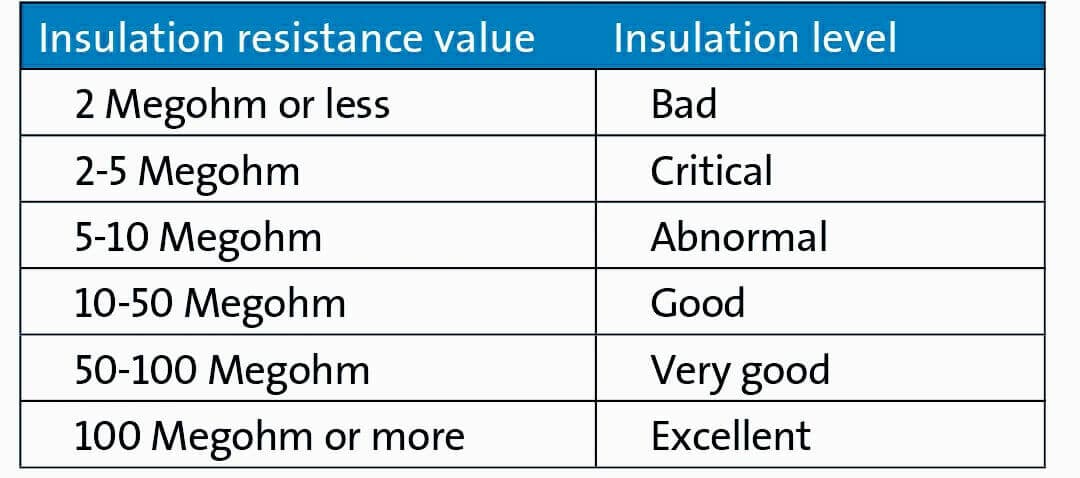
(ii) Connect one test lead to suitable point on the machine frame and other lead to one of the supply terminal. (i) Now connect the test leads to the terminal marked insulation 500v (iii) The needle should deflect more than 70% to indicate good battery (i) Select the function switch to battery (iii) Measuring and comparing the inductance of stator winding and the effect of rotor position on electric motor. (ii) Measuring and comparing the resistance of stator winding of an electric motor. It is therefore the purpose of the Electric Motor Checker is : They should be equal or any between the values should be within acceptable tolerance limits. s of each phase are measured and compared with each other. Note :The Resistance/inductance value being measured/compared should be same or at least the variation between them must be inside the permissible tolerance-limit. Measurement and comparison of the inductance between the three phases of the stator-winding.


To ensure this, the supply input for the motor has to be cut-off prior starting the tests. This Electric Motor Checker can, however, only be used for a motor which is stationary. For the iTIG III Model D the leads are the high voltage output leads so the micro Ohm winding resistance measurement can be part of an automatic sequence of motor tests including high voltage tests.Electric Motor Checker is a very useful test equipment that can be used for detecting an electrical-fault (for example – short-circuit, open-circuit, damage of insulating material …… and many more) in case of motors/other 03 phase equipments in the fastest and easiest way. It eliminates the lead resistance and is typically more accurate.Īll winding resistance measurements done with Electrom Instruments motor testers are done with a four lead system. This type of resistance measurement will include the tester’s leads in the winding resistance test’s measurement. Resistance can be measured with two leads connected to a DUT. The difference in percent to the target resistance value is then calculated.Ī temperature correction factor can automatically be applied to correct the measurement to a standard temperature so results can be more accurately tracked over time with the winding analyzer. Using Ohm’s law the resistance is calculated in µΩ (micro Ohms) or mΩ (milli Ohms) by the winding analyzer.įor a 3-phase motor, 3 resistance measurements are normally done between the phases, and the balance or imbalance between the 3 measurements is calculated and displayed along with the measurement values.įor single coils and sometimes for motors, the resistances measured may be compared to a resistance value instead of having a balance calculated.


Winding resistance tests are a measurement of the applied DC voltage and current to the device under test -DUT. Some of these are the wire gauge issues, resistive connections, and blown or disconnected magnet wires in hand. Winding resistance is an important measurement because other tests and measurements will not find some of the problems a resistance measurement will find. The winding resistance test is used to find open windings, shorts to ground, wrong turn count, wrong wire gauge, resistive connections, round wires in hand that are not connected in a coil, some connection mistakes, the resistance balance between phases, and in some cases shorted turns.


 0 kommentar(er)
0 kommentar(er)
